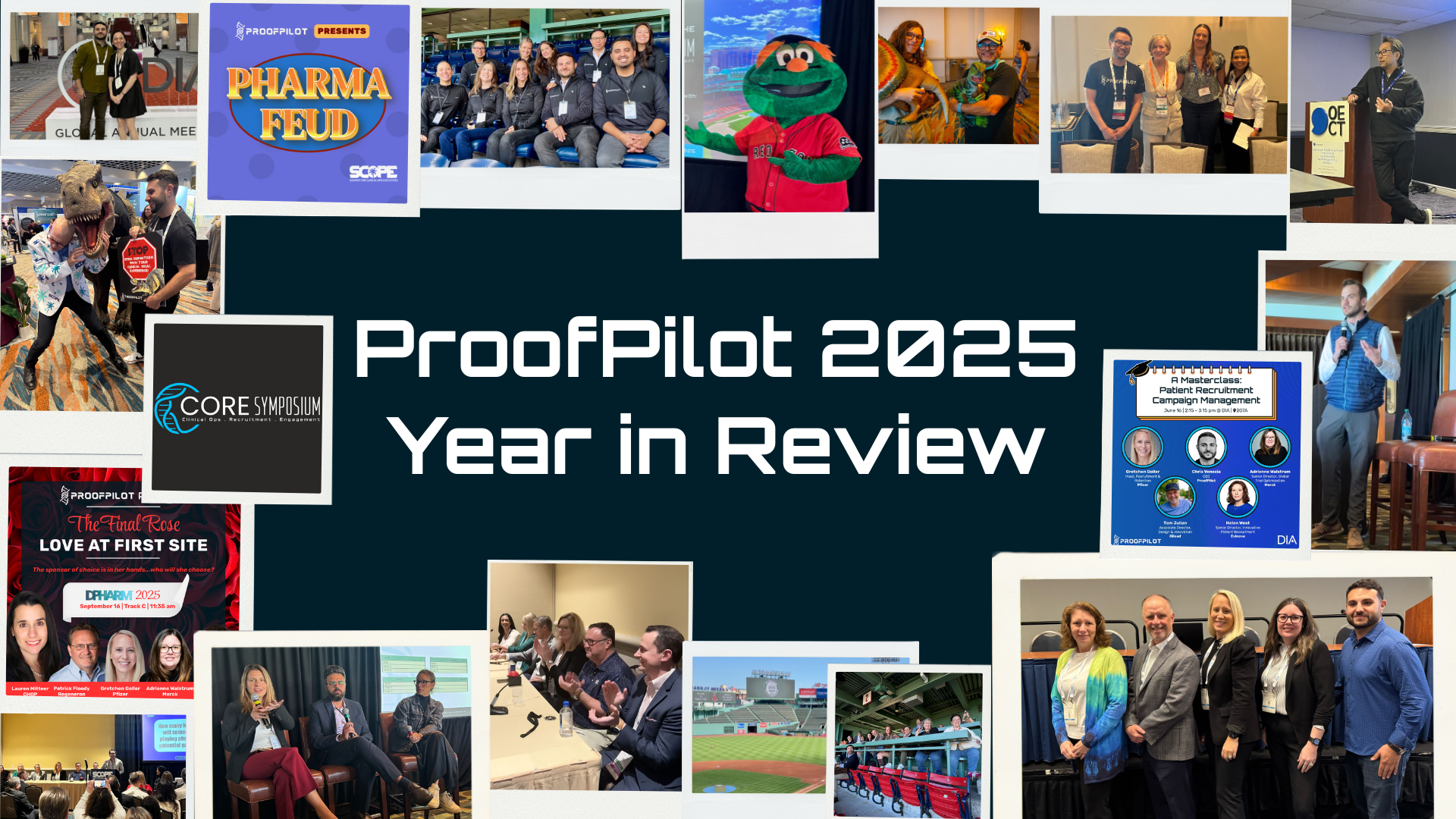Clinical research requires an extensive amount of documentation: protocols, manuals, visit guides, consent forms, case report forms, and regulatory submissions. Historically, paper has been the primary medium for referencing, storing, and sharing these critical elements. But for guiding researchers and patients in conduct and participation? Sadly, it does a terrible job of doing this. In the end, written documents are a poor medium to instruct and guide the execution of a protocol, as evidenced by all the homegrown solutions created by site to make sense of these documents. In fact, I have yet to meet a site that feels the documents provided to them by sponsors is adequate.
Meanwhile, research designs grow ever more complex, increasing the chance of costly amendments for Phase 2 (78%) and Phase 3 (69%) studies, according to Tufts CSDD.
New Digital Solutions are Long Overdue
It has been decades since the birth of true innovations like interactive response technology (IRT) and electronic data capture (EDC) systems that solved very real problems. Though they may be ripe for disruption, for those that remember alcohol swabbing for unblinding or 3-part non-carbon case report forms, I don’t see anyone pining for those days of paper. In recent times however, clinical research has been too slow to both create and embrace digital solutions that significantly improve the capabilities of clinical research operations, with many innovations simply re-creating the paper based versions of a task. Meanwhile, research designs grow ever more complex, increasing the chance of costly amendments for Phase 2 (78%) and Phase 3 (69%) studies, according to Tufts CSDD. But the accompanying written documents have changed little in 50 years and fail to remove guesswork or facilitate smooth conduct of research.
What’s Driving Complexity?
This increasing complexity in clinical research reflects advancing scientific knowledge, regulatory requirements, technological advancements, and the evolving healthcare landscape. Yet, researchers must still conduct high-quality studies that generate reliable evidence, which means accommodating these complexities at scale. A breakdown of some of these issues are:
- Increasing Scientific Knowledge: Our understanding of diseases, treatments, and the human body is constantly evolving. As we uncover new information, clinical research needs to incorporate this expanding knowledge base, leading to more complex study designs and protocols.
- Targeted Therapies and Precision Medicine: The shift towards personalized medicine and targeted therapies requires more detailed patient stratification and biomarker analysis leading to more intricate study designs.
- Regulatory Requirements: Regulatory bodies, are implementing stricter guidelines and regulations to ensure patient safety and efficacy of new treatments. Compliance with these regulations often adds complexity to study design, documentation, and reporting.
- Patient-Centric Approach: There is a growing movement toward patient tasks and preferences in research that introduces additional complexities, such as incorporating patient-reported outcomes, preparing them for complex visits, managing devices or utilizing at-home care.
- Longitudinal Studies and Real-World Evidence: Researchers are increasingly interested in conducting long-term follow-up studies and gathering real-world evidence to assess treatment outcomes in a broader context. These studies involve prolonged data collection, complex analysis techniques, and challenges in patient retention.
- Safety Monitoring and Pharmacovigilance: Ensuring patient safety is a critical aspect of clinical research. Complex safety monitoring systems, adverse event reporting, and pharmacovigilance processes are essential but add complexity to clinical trials.
Long gone are the days of simple two-arm designs, once-daily dosing of oral medications, and simple blood draws to measure efficacy. Investigational medicines are complex and require more sophisticated operational execution. Toss in decentralized methods, connected devices, and non-traditional personnel, and the complexity of research conduct has multiplied without accompanying innovations to execute it easily or properly.
Back to Basics – the Fundamentals of Research
There is nothing more important in clinical research than ensuring the study is conducted exactly as intended. This is the central plot of science, clinical research, and the very definition of the concept of “protocol” - a system of rules that explain the correct conduct and procedures to be followed in formal situations. Note the use of the keyword, “system,” while the term “document” is conspicuously absent in this definition and most others.
Our need to recognize the liability of paper as the tool to guide clinical research conduct is long overdue. Who still has a Road Atlas in the pocket behind the driver’s seat? Yeah, me neither, and some of you might be too young to even remember what that is. Comparing the capabilities of a Road Atlas to Google Maps is a night and day contrast. With Google Maps, you can be dropped anywhere in the world and get to where you want to go, no matter how complex the route is. Clinical researchers deserve this level of guidance. Fortunately, ProofPilot’s platform offers this capability in much the same manner – delivering automated, step-by-step directions on all tasks, content, and technology, personalized to each patient, no matter how complex the research is.
It is time for the next revolution in digital solutions for clinical research professionals and patients. While no one is looking to pry your documents out of your hands, you now have better tools at your disposal to help sites faithfully execute the fundamentals of clinical research, giving investigational medicines the best shot at rigorously proving their safety and efficacy.




